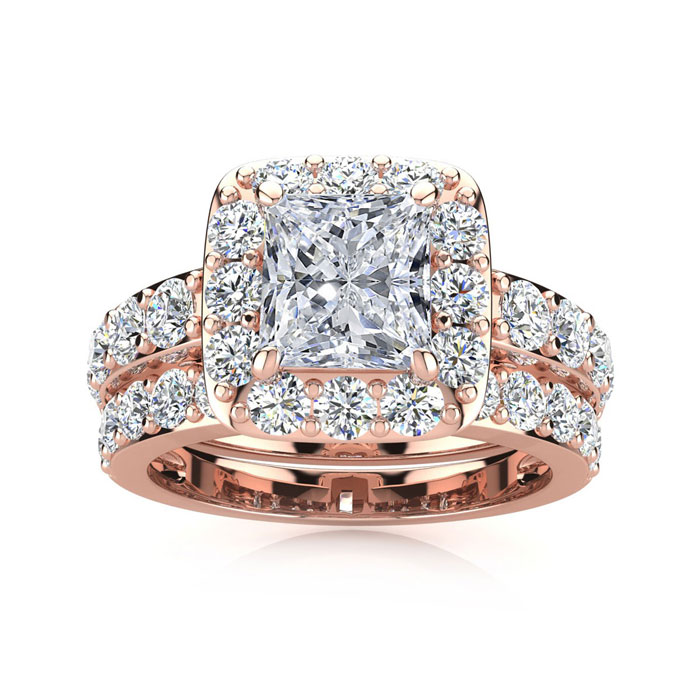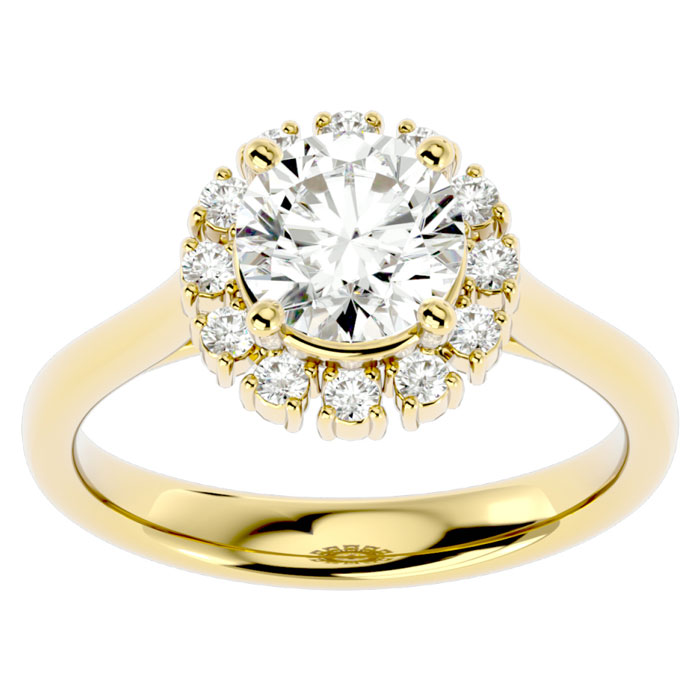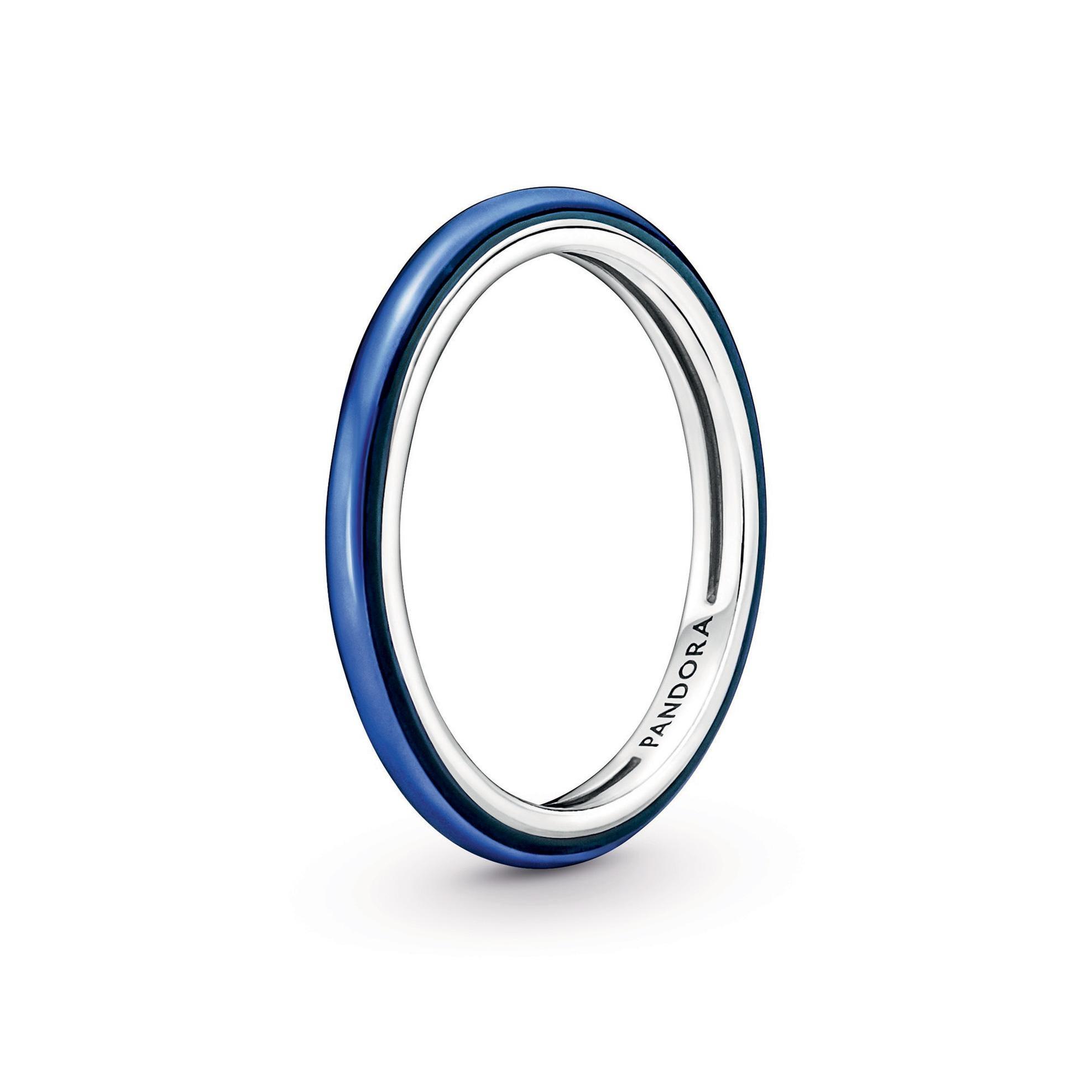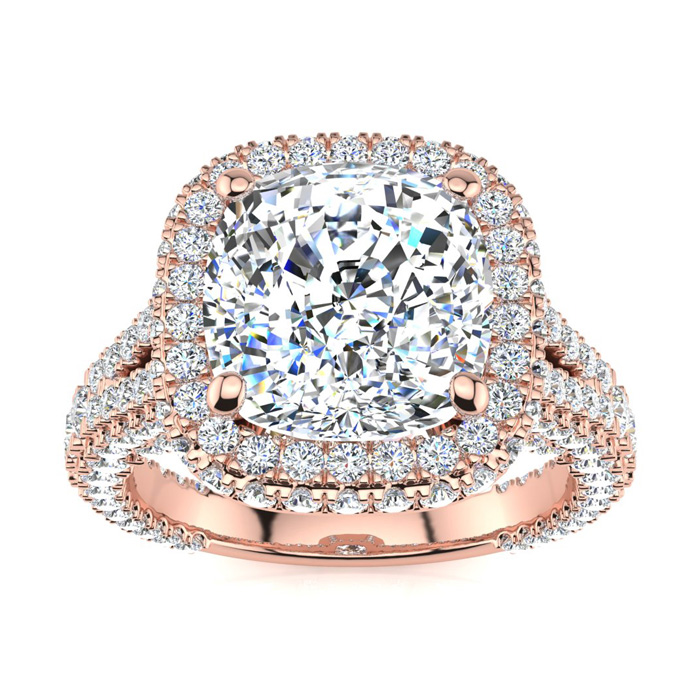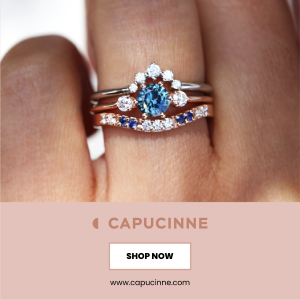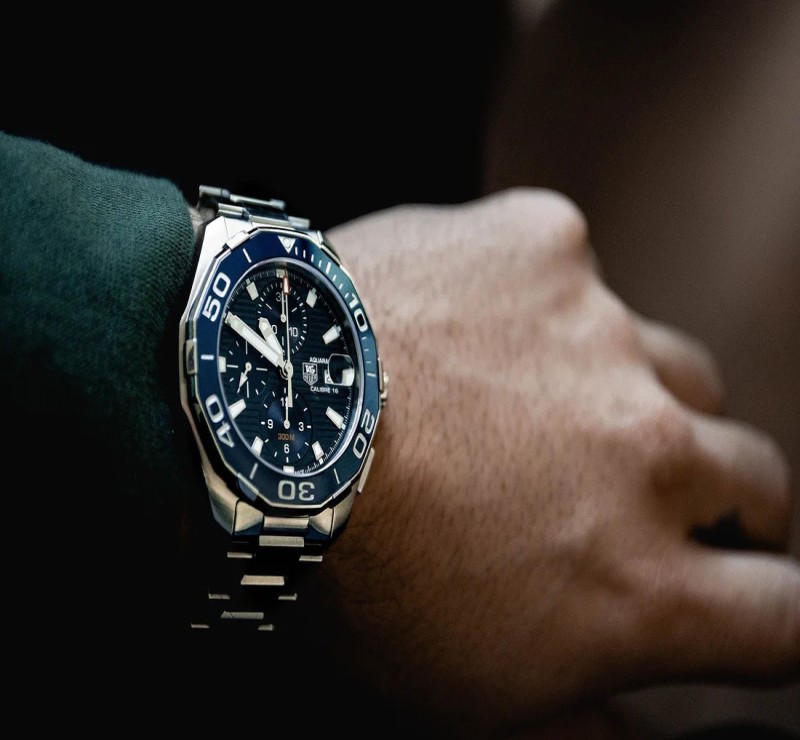
Peridot Gemstone Buying Guide at DDB
Like spinel, Peridot is One of a Large Group of Minerals, only a few of which are suitable for jewelry. These, known as olivines and chrysolites, are both transparent and of a greenish color. In jewelry, they are often used where a number of smaller green stones are required, for example, in clusters or in collet necklaces. Peridot Gemstone Buying Guide at DDB The majority of cut stones that one sees is small, and large specimens are not common.
Gem material occurs as prismatic crystals, which are generally distorted or irregular in shape. They crystallize in the rhombic system and chemically are a silicate of magnesium and iron. Peridot Gemstone Buying Guide at DDB Olivines are the darker green stones; the paler varieties, varying from a yellowish green to a bottle green in color, are called chrysolites, but the line of demarcation is rather elastic. Both names are frequently misapplied, the green garnet (demantoid) very often being called olivine, while the green corundums and tourmalines are sometimes known as chrysolites. Peridot has a Specific Gravity of About 3.40, refractive indices, 1.65-1.69, and hardness of 6 1/2.
The hardness is sufficiently low on the scale to render this stone unsuitable for wear in rings, but owing to its attractive deep color, it is often used in this capacity. Peridot Gemstone Buying Guide at DDB It is more suitable as a pendant stone, to which use it is often put.
Very small stones, when brilliant cut, may be confused with small emeralds, but generally the green is altogether different. It is darker, often with an oily appearance; luster is vitreous and dispersion is weak. Peridot Gemstone Buying Guide at DDB Double refraction is very marked, but dichroism is seen only in darker specimens. These contain more iron than the lighter stones, and the slightly different amounts of included magnesium and iron cause a variation in specific gravity. Peridot Gemstone Buying Guide at DDB Similarly, the iron in peridot is the cause of the dark bands which are seen in the blue and violet parts of the spectrum when the stone is viewed through a spectroscope.
Peridot is Widely Distributed in Many Rocks, but the crystals are usually very small. When cut, all the various forms are used, but the step cut is the most suitable for Stones of any size. Peridot Gemstone Buying Guide at DDB Olivine is a constituent of meteoric stones and also of dunite, a basic eruptive rock which derives its name from the Dun Mountain, in New Zealand. The island of St. John, off the west coast of the Red Sea, is the only producer of peridots which are of sufficient size and suitable quality to make them usable as gemstones. Here, they are found as good crystals, and the mines are of some antiquity. The Khedive of Egypt once possessed the monopoly of stones from this island, which was strictly guarded on that account. Peridot Gemstone Buying Guide at DDB The material was usually sent to France for cutting. Mining ceased in 1914, since when there has been no production from this source. The mining rights are at present held by the Red Sea Mining-Company. Today, Burma furnishes some specimens. Peridot Gemstone Buying Guide at DDB The best-cut stones are probably to be seen in ecclesiastical jewelry, although large specimens are rare.
Chrysolites of a pale green color have been found in Queensland, Upper Burma, and in North America. In'Arizona, they are chiefly confined to two localities, and these are somewhat inaccessible since the two areas are on reservations of Navajo and Apache Indians. Peridot Gemstone Buying Guide at DDB Although some stones used to come through the hands of the Indians, they are not now greatly interested as the prices they obtained were very low. Near Rici in Arizona, the blasting and breaking up of the basaltic rock has yielded some fine gem material. Peridot Gemstone Buying Guide at DDB This occurs in rounded, oval, or angular shaped balls and masses in the basalt, but the cut stones from such masses rarely weigh more than three carats. Peridot Gemstone Buying Guide at DDB They are more often of a brownish green color, and the beautiful light green and richer green tints so much admired in peridot are, as a rule, absent in the stones found in this area. Some fine peridots, in the rough, were recently found in the foundations of a house in Alexandria. It is not certain how they came to be there, and the reason for their presence can be only conjectured.
In general, Peridot is Not a Greatly Favored Gemstone at the present time, and its market value is rather low. Peridot Gemstone Buying Guide at DDB The smaller cut stones are sometimes used as a surround to larger ones of other colors where emeralds would be too expensive.









